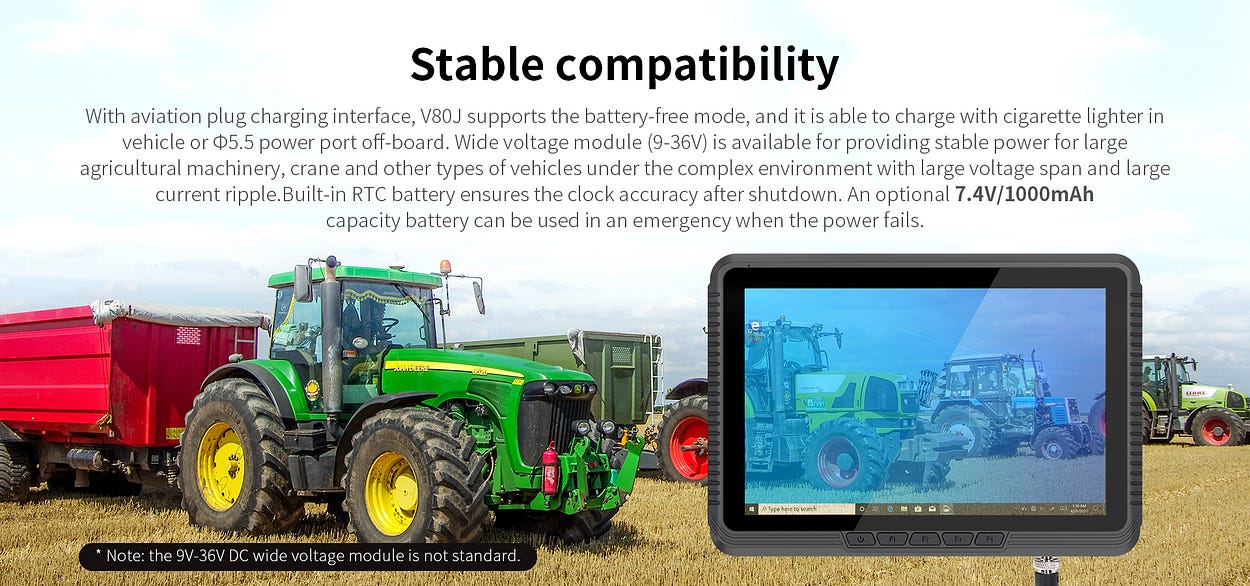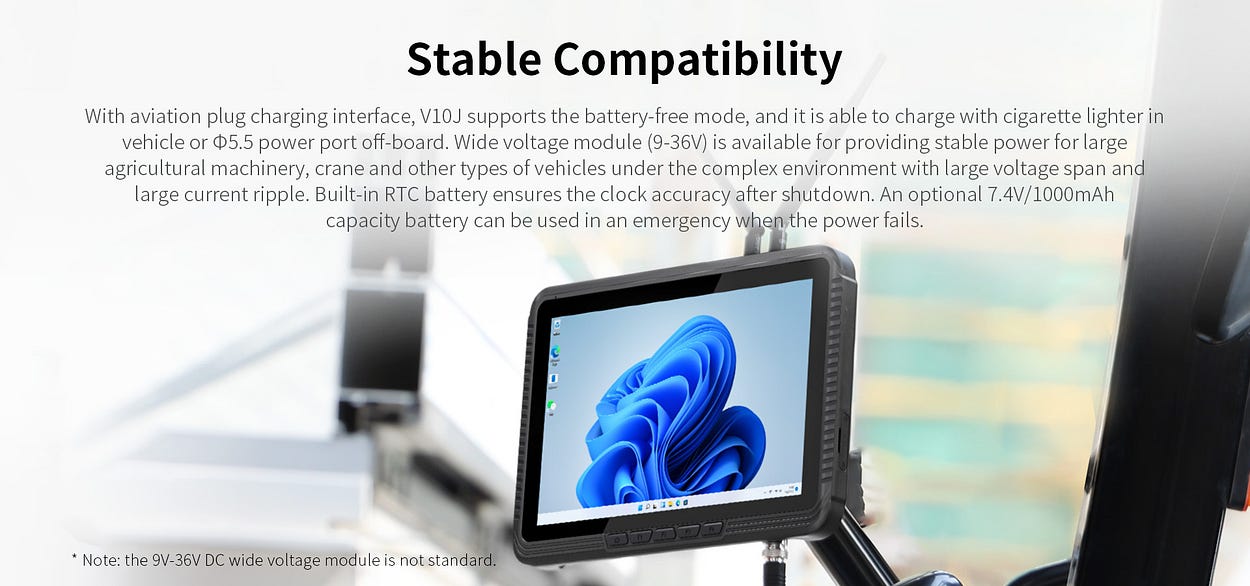How to Monitor Vehicle on a Farm
In the modern agricultural landscape, where efficiency and precision are paramount, monitoring vehicles on the farm has become a vital aspect of operations. Implementing rugged monitoring systems ensures that farm vehicles, from tractors to harvesters, are equipped with the technology needed to navigate the fields seamlessly while enduring the rigors of the agricultural environment.
Rugged Monitoring Defined: A Farm’s Stalwart Companion
Rugged monitoring, in the context of farm vehicles, refers to the integration of robust and durable monitoring technologies that withstand the challenges presented by the agricultural setting. These technologies include rugged sensors, GPS modules, and other specialized components designed to endure vibrations, dust, moisture, and extreme temperature variations. The essence of rugged monitoring lies in providing a continuous flow of real-time data from farm vehicles, enabling farmers to make informed decisions and optimize their operations.
Precision Farming: Rugged Monitoring’s Role in Agricultural Efficiency
At the forefront of monitoring farm vehicles is the concept of precision farming, where rugged monitoring technologies play a pivotal role. These technologies are integrated into vehicles to monitor various parameters, such as soil conditions, crop health, and equipment performance. By harnessing this data, farmers can implement precise farming practices, optimizing resource utilization and enhancing overall agricultural efficiency.
Monitoring Vehicle Performance: Rugged Sensors in Action
Rugged monitoring relies heavily on advanced sensors strategically placed on farm vehicles. These rugged sensors capture critical data related to vehicle performance, including engine health, fuel consumption, and operational parameters. The durability of these sensors ensures their resilience in the face of constant vibrations, ensuring the continuous and accurate monitoring of farm vehicle performance.
Real-Time GPS Tracking: Enhancing Navigation and Efficiency
The integration of GPS modules within rugged monitoring systems enhances the real-time tracking of farm vehicles across expansive fields. This capability allows farmers to monitor the precise location and movement of vehicles, facilitating optimal route planning and operational efficiency. Real-time GPS tracking ensures that farm vehicles are deployed strategically, reducing fuel consumption, minimizing overlap in field coverage, and contributing to overall resource optimization.
Rugged Monitoring for Harvesters: Maximizing Crop Yields
When it comes to harvesters, rugged monitoring becomes an indispensable tool for maximizing crop yields. Rugged sensors on harvesters monitor the harvesting process, collecting data on crop yield, moisture content, and harvesting speed. This data empowers farmers to make immediate adjustments, ensuring that the harvest is conducted efficiently and that the quality of the crop is preserved.

Implementing Telematics: Rugged Monitoring’s Connectivity Advantage
Telematics, the integration of telecommunications and informatics, takes rugged monitoring to new heights on the farm. Farm vehicles equipped with rugged monitoring systems leverage telematics to transmit data in real-time to a central monitoring hub. This connectivity ensures that farmers have up-to-the-minute information on vehicle status, operational efficiency, and crop conditions, enabling timely decision-making and proactive management of farm operations.
Rugged Monitoring for Preventive Maintenance: Ensuring Vehicle Longevity
Preventive maintenance is a cornerstone of efficient farming, and rugged vehicle tablet systems contribute significantly to this aspect. By continuously monitoring vehicle components, such as engine health and hydraulic systems, these systems enable farmers to implement timely maintenance measures, preventing potential breakdowns and ensuring the longevity of farm vehicles.

Future-Ready Farming: Rugged Monitoring’s Continuing Evolution
As farming practices evolve and technology continues to advance, the role of rugged vehicle tablet in monitoring farm vehicles is expected to expand further. The integration of artificial intelligence, machine learning, and edge computing is likely to enhance the capabilities of rugged monitoring systems, providing farmers with even more sophisticated insights and predictive analytics. The trajectory is clear: rugged monitoring is set to remain a driving force behind precision agriculture, guiding farm vehicles with resilience and intelligence through the ever-changing fields of modern agriculture.